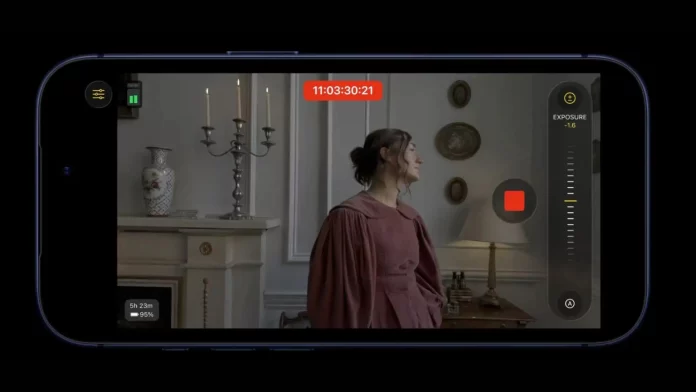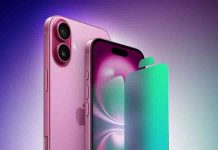Apple rebuilt the iPhone 17’s front camera to behave the way people actually shoot, not the way phones always have. The difference shows instantly—composition and stabilization now just happen.
BW Businessworld spoke with Apple’s camera software chief Jon McCormack and iPhone product manager Megan Nash to understand the shift. Both executives emphasized one theme: design that responds to real user behavior.
The behavior behind the redesign
Apple observed users struggling against the limits of older cameras—switching modes, adjusting grips, or handing the phone to the tallest friend. McCormack recalled, “Users have always tried to make the camera work for them, but we knew we could do better.”
That realization led to a fundamental rethink. “What if the camera could simply understand what you’re trying to capture and adjust automatically?” McCormack said.
A square sensor built for intent
Nash explained that Apple co-designed the new front sensor and optics to deliver sharper, more flexible framing. “We nearly doubled the sensor’s size from the previous generation to achieve pixel-for-pixel sharpness,” she told BW Businessworld.
The new square sensor allows the camera to capture in either orientation effortlessly. “We made the sensor square to unlock entirely new experiences,” Nash added. The result is freedom from aspect ratio constraints—vertical or horizontal, it just works.
Backing that innovation is the A19 processor family and Apple Camera Interface, which handle high-speed data transfer between the sensor and chip for real-time image processing.
Stabilization made seamless
Action-level stabilization is now the default. “We achieved this by using the sensor’s large overscan area for remarkable stability,” McCormack said.
Walk-and-talk clips stay steady, and faces remain naturally framed even as you move. The camera dynamically crops within that larger capture area to smooth out jitter—no toggling modes required. It also resists overreacting to background movement, maintaining focus when the right person enters the frame.
Composition, gaze, and grip
By centering the preview and aligning it with eye level, Apple improved the sense of connection in every shot. “Everyone looks more naturally toward the lens,” Nash said. The new design also makes one-handed use easier, keeping Camera Controls within thumb reach and reducing awkward grips or angled gazes.
Dual Capture feels native for the first time, applying the same stabilization and framing logic to both cameras. The picture-in-picture view can be repositioned while recording, with the entire clip saved as one share-ready file.
Why now, not sooner
According to McCormack, this redesign had been on Apple’s roadmap for years but required advances in processing, bandwidth, and thermal efficiency. “This is the first year we’ve had the power to finally make it happen,” he said.
The result shows in daily use, not in specs alone. The camera delivers 18‑megapixel output, retaining detail while giving you framing flexibility—less decision fatigue, faster sharing.
The new baseline for selfies
The iPhone 17 turns Center Stage from a video-calling novelty into the front camera’s baseline behavior. You now get orientation‑agnostic framing, default stabilization, machine‑learned composition, and built‑in Dual Capture—no menu digging required.
As McCormack summed it up, “Our goal with the iPhone’s camera is always to make it invisible.” On iPhone 17, it finally is.




